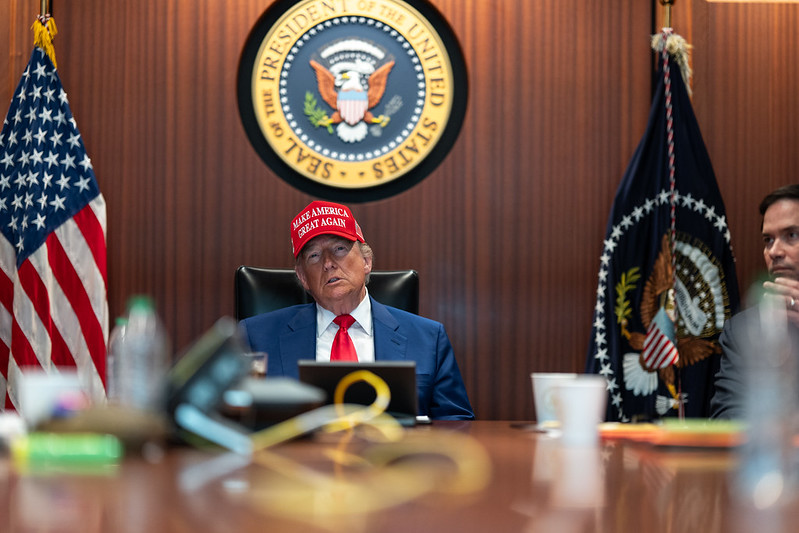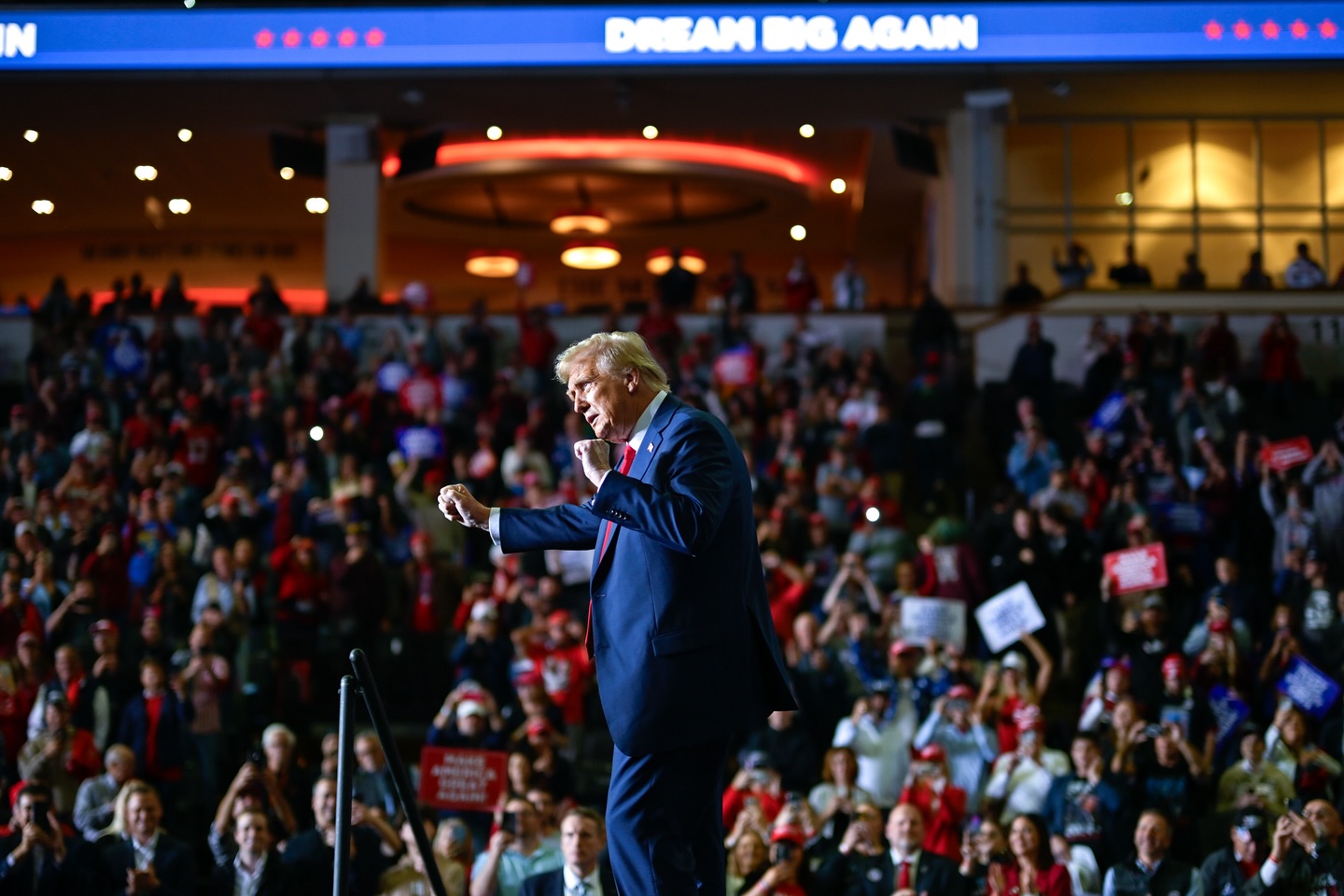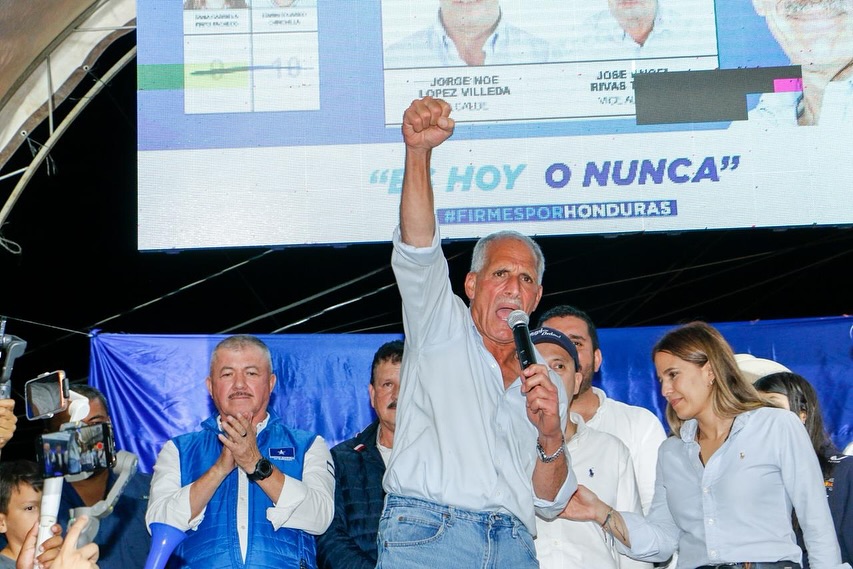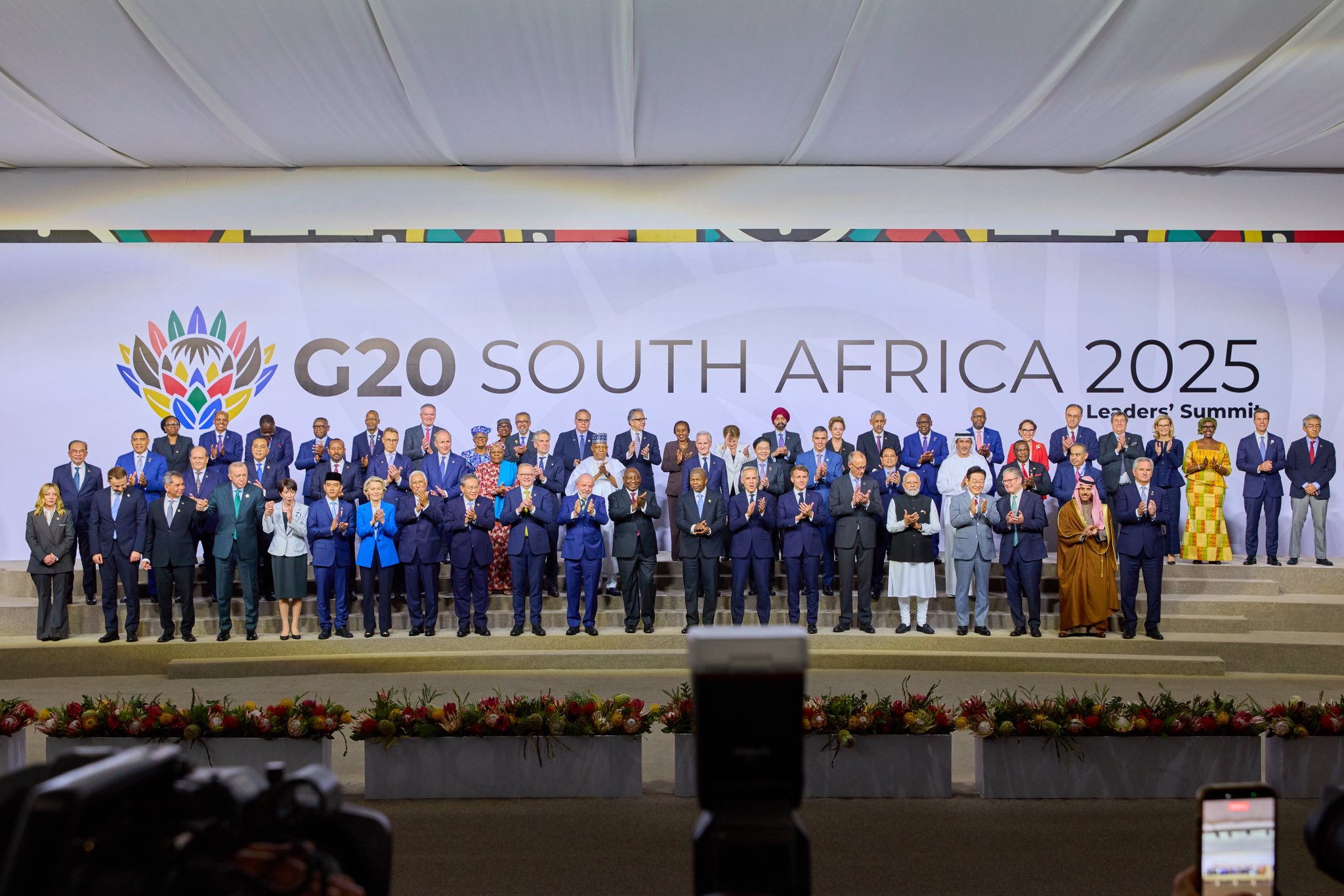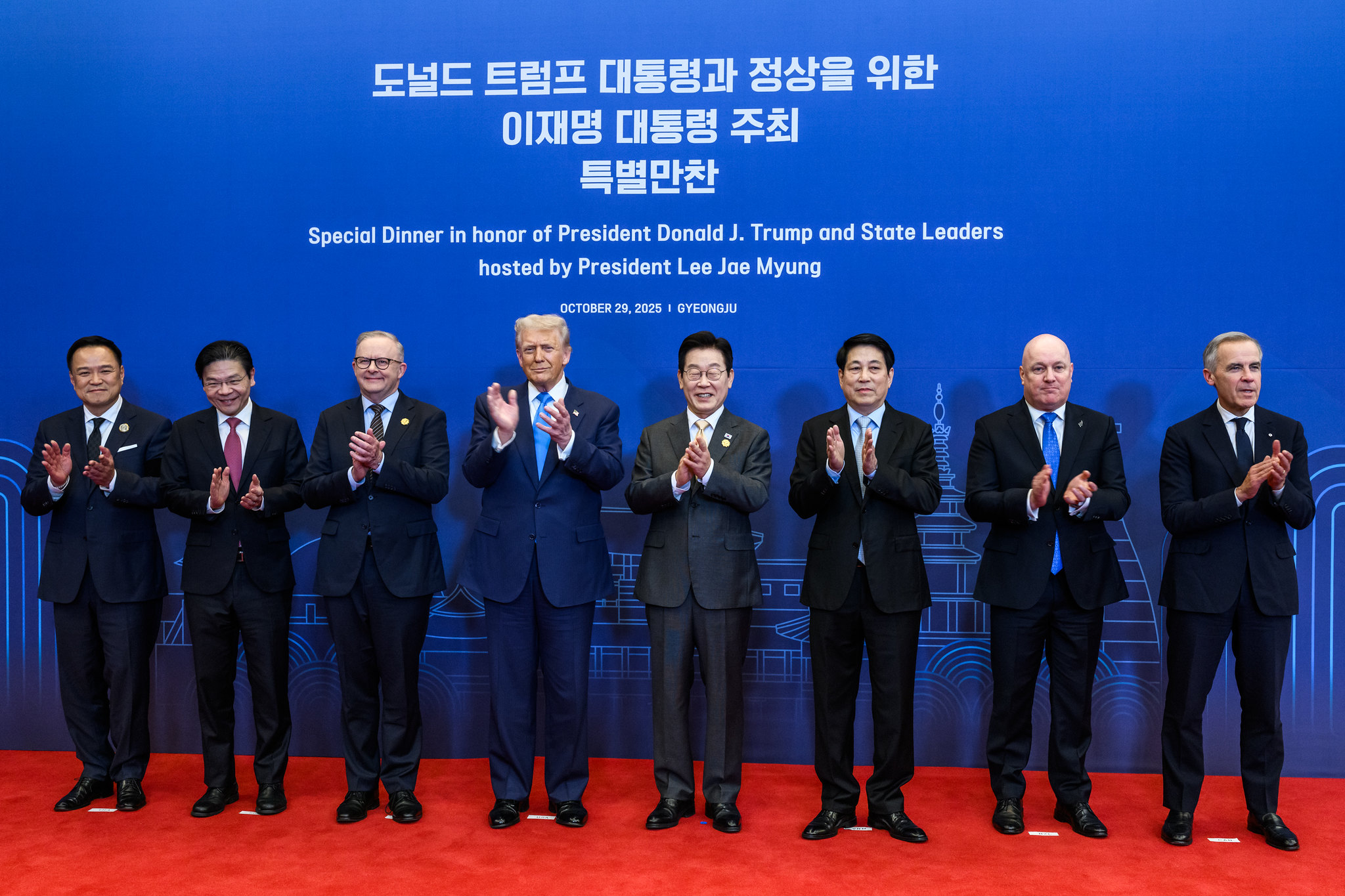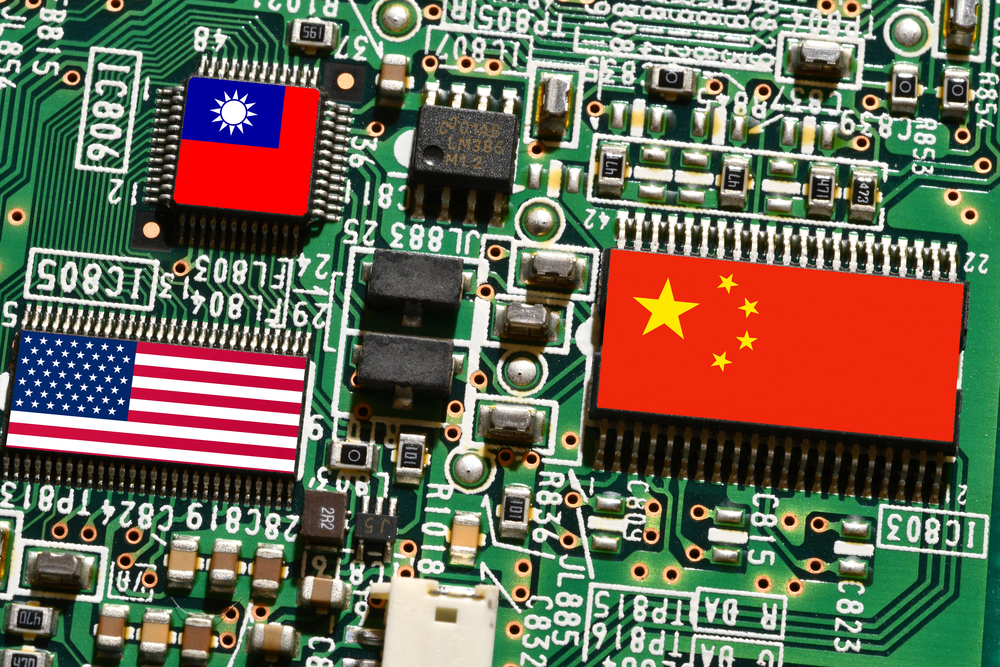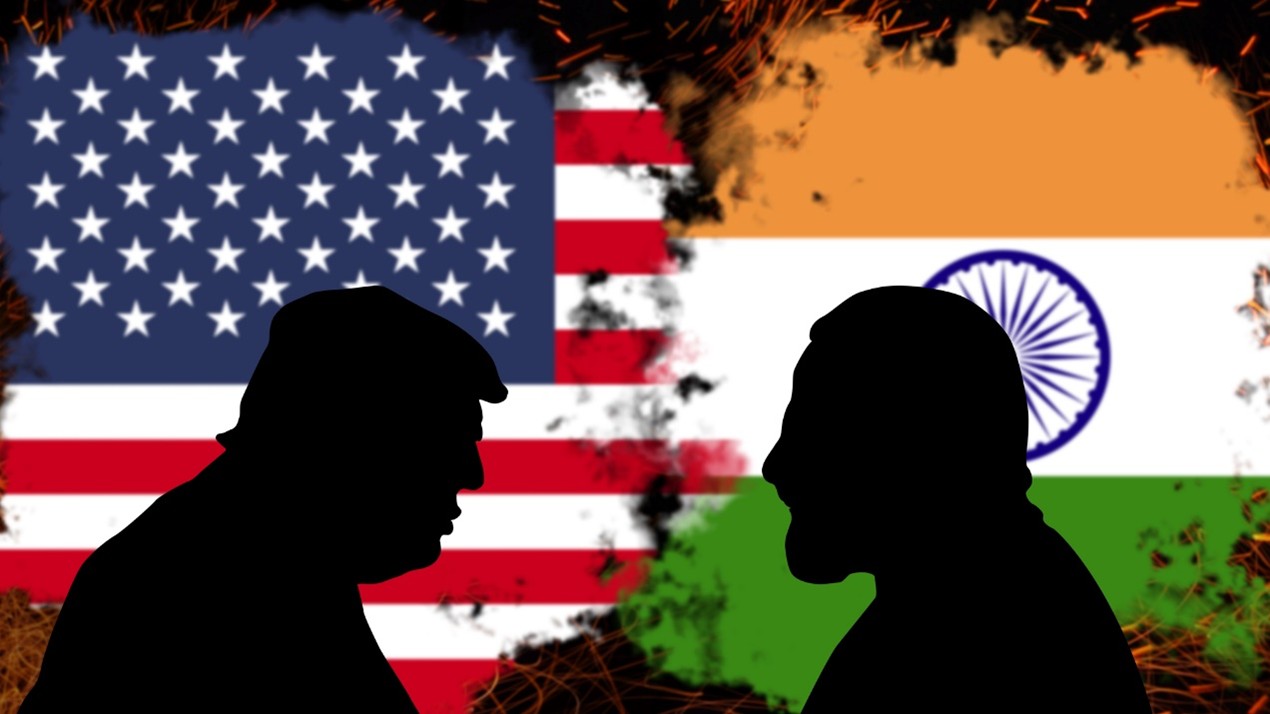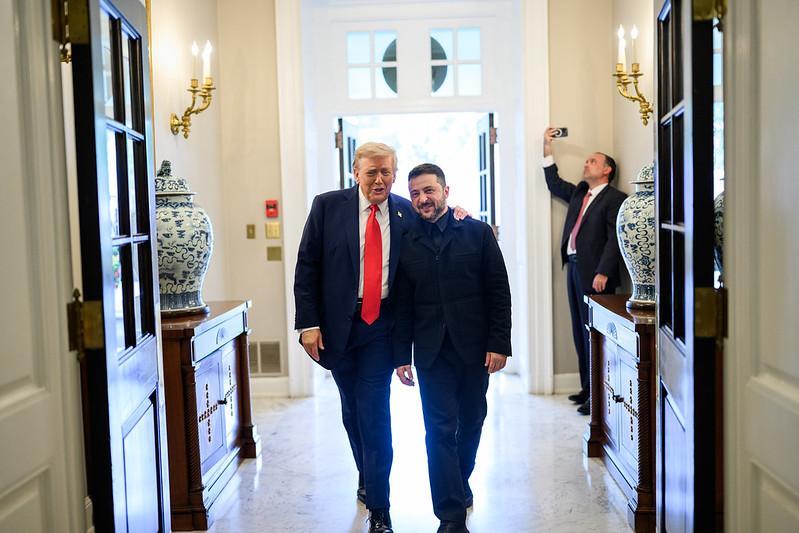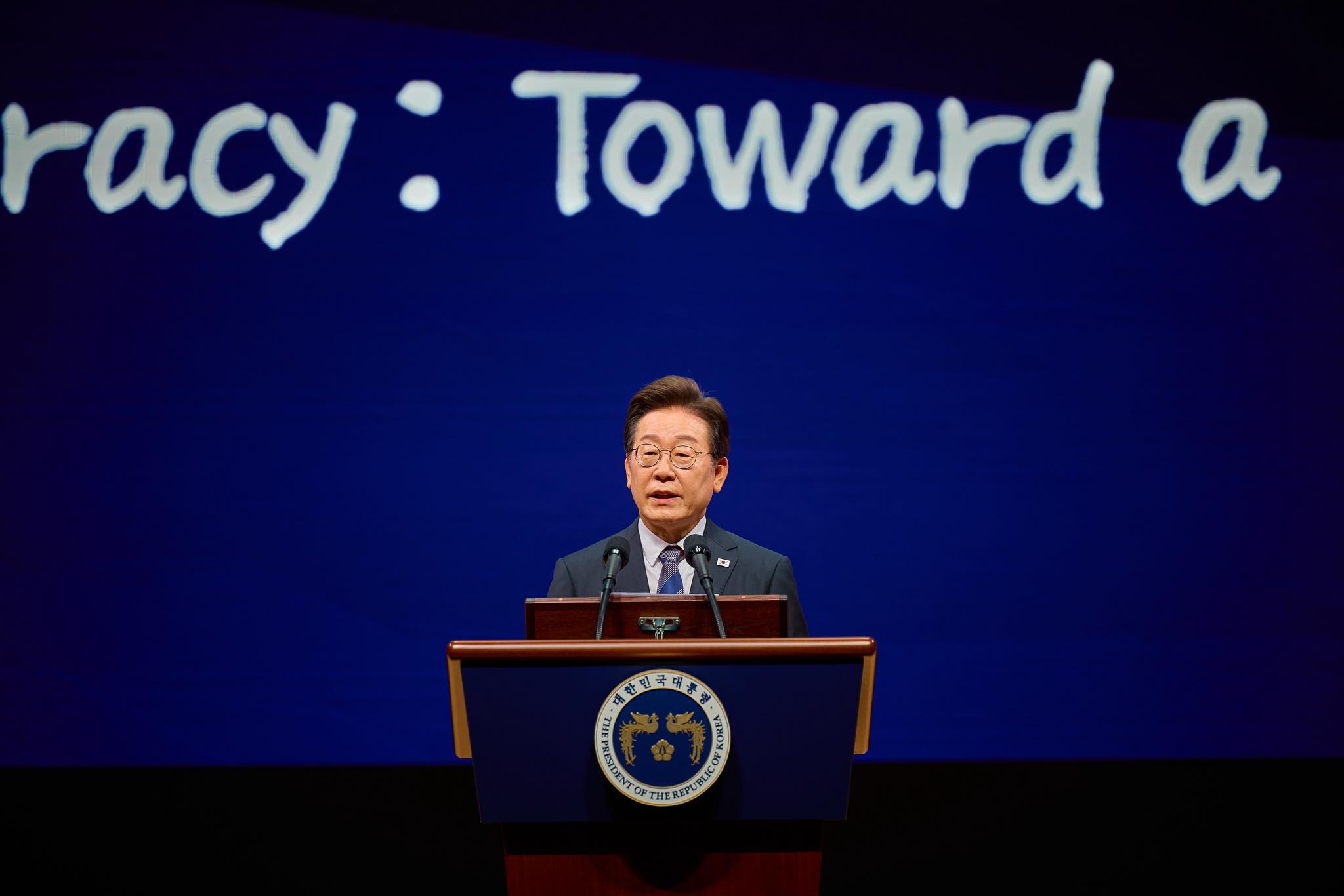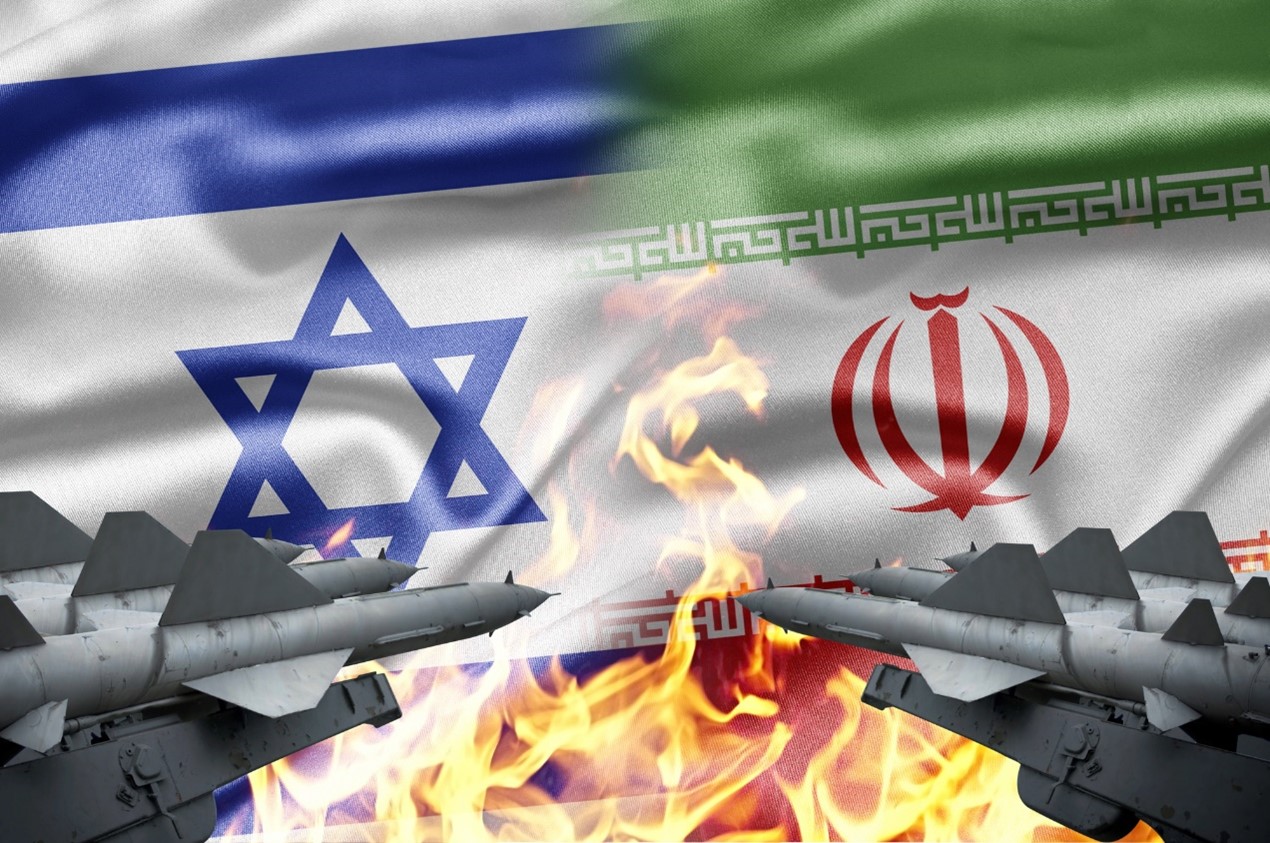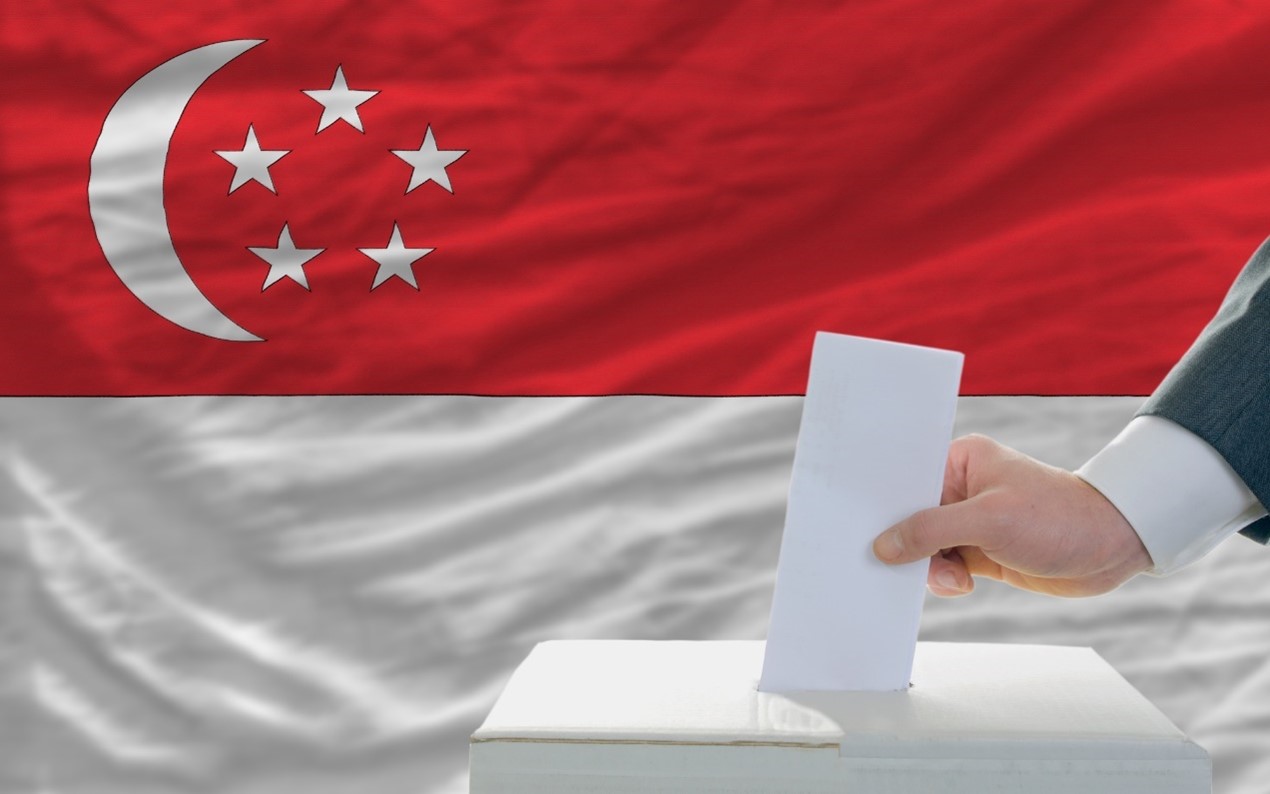Trump’s Destruction of Iran’s Underground Nuclear Facilities and Implications for the U.S.-China Strategic Competition
U.S. seeks peace and stability, but the demonstration of its military capabilities in Iran serves as a stark reminder that it retains the ability to shape outcomes should adversaries attempt to break the status quo. Picture source: White House, June 21, 2025, Flickr, https://www.flickr.com/photos/whitehouse/54608802661/in/album-72177720327072718.
Prospects & Perspectives No. 42
Trump’s Destruction of Iran’s Underground Nuclear Facilities and Implications for the U.S.-China Strategic Competition
By Cheng-fung Lu
Trump’s America First, more precise military strength
As soon as U.S. President Donald Trump started his second term, he announced the U.S. withdrawal from the Paris Climate Agreement and the World Health Organization, while the State Department suspended foreign aid programs. It is widely believed that under his “America First” worldview, the foreign policy of Trump’s second term will seek diplomatic and negotiated solutions to many long-standing international issues, including the Russia-Ukraine war, the Israel-Hamas conflict, Iran’s nuclear weapons development and other thorny disputes. In dealing with the growing fiscal and trade deficits of the United States, Trump has proposed reciprocal tariffs, and at the same time emphasizes diplomacy and negotiation.
Since their time on the campaign trail, President Trump, Vice President J.D. Vance, and members of key national security and financial teams have highlighted such policy propositions. Past U.S. military interventions by “hawks” are no longer the primary policy options for the Trump administration, with many analysts observing that in Trump’s second term, the United States will be more determined to move towards isolationism.
Following Israel’s large-scale attacks on Iran and neutralization of more than a dozen of Iran’s key nuclear scientists and engineers, Trump’s interactions with major allies on global issues, such as at the G7 summit in Canada, provided hints as to his foreign policy plans. Trump still advocated that Russia should return to the G7, and that China should be allowed to join as well, thus turning the G7 into a G8 or G9. Trump then quickly returned to the United States, anxious to return to the White House to personally take charge and launch “Operation Midnight Hammer” against Iran. In that operation, B-2 bombers with heavy ground-penetrating ordnance were used against Iran’s nuclear bases. The U.S. military carried out this bombing mission perfectly, which surprised Iran and other countries around the world.
However, while this military operation involved coordination among several commands, long-range warplanes, air-to-air refueling, and the crossing of several time zones, Iran did not have the means to collect intelligence on the operation and was unable to counter U.S. forces as they operated in its airspace. After the B-2 bomber fleet returned safely to base after completing its mission, the White House praised the strength of the U.S. military and the world witnessed the concrete example of Trump exalting the use of strength to promote peace. This action by the U.S. military proved to the world that the United States is still the world’s leading military power.
Forcing Russia and China to cooperate
The Pentagon believes that “Operation Midnight Hammer” has delayed Iran’s nuclear development by at least two years. However, the emergence of new technologies, such as artificial intelligence, drones, and cyber attacks, has brought new thinking to counter-proliferation and arms control. Therefore, the global nuclear security risks are becoming more complex and increasingly unpredictable. The destruction of Iran’s nuclear facilities also sends a major signal to the United States’ two powerful nuclear competitors, Russia and China.
In mid-February 2025, President Trump told media in the Oval Office that he wanted to hold talks with Chinese leader Xi Jinping and Russian President Vladimir Putin to reduce nuclear weapons stockpiles. He added that there is no reason for the U.S. to build new nuclear weapons, and that current stockpiles are sufficient to destroy the world 50 or even 100 times over. Trump also suggested that the U.S., China and Russia should commit to cutting their defense budgets by half.
In March, Trump sent a letter to the Iranian government seeking talks on Iran’s nuclear development, while Chinese Foreign Minister Wang Yi held talks with visiting Russian and Iranian deputy foreign ministers in Beijing. The three countries jointly called on Western powers to stop sanctioning, pressuring, and threatening to use force against Iran. Russia, Iran and China held joint naval exercises in the Gulf of Oman in July. While Washington is putting maximum pressure on Iran, Russia and China are seeking more cooperation and showing their support for Iran more clearly.
In the first half of 2025, China imported large amounts of crude oil, as well as other major industrial metals, agricultural products, and consumer goods from Iran. Crude imports oil from Iran average 1.4 million barrels per day; Qingdao Port Terminal in June alone will account for as much as as 1.55 million barrels. In the aftermath of Trump’s bombing of Iran’s nuclear facilities, Russia and China, while blaming the United States for undermining their own credibility, have also exposed the limits of their own power.
Impact in Beijing’s calculations vis-à-vis Taiwan
Trump has continued to pressure the North Atlantic Treaty Organization (NATO) and other allies and partners to increase their defense spending to 5% of GDP by 2035. At the 2025 NATO Summit in The Hague at the end of June, all member states except Spain agreed to push in this direction. This was Trump’s second foreign policy gain after the successful operation against Iran. As NATO countries move to increase their defense budgets, spending on troops and weapons will increase from the current 2% to 3.5% of GDP, while military-related projects, including improving bridges, roads, emergency medical care, cybersecurity, and civil defense resilience, could account for 1.5% of GDP. White House spokeswoman Karoline Leavitt stated that if the United States, Europe and NATO allies can increase defense spending, our allies and friends in the Asia-Pacific region should be able to do the same.
After the U.S. bombing of Iran’s nuclear facilities, Chinese Foreign Minister Wang Yi told EU diplomats that Beijing does not want Russia to fail in the war against Ukraine, for if that happened, the US would be able to focus more attention and resources on dealing with China. At the same time, the United States has also asked Japan and Australia to explain what role they would play in the event of a possible war over Taiwan. CNN has revealed that Trump pointed out at a 2024 campaign fundraising dinner that he once told Xi that if China invaded Taiwan by force, the United States would bomb Beijing.
Despite the show of force and the impact that this may have on Beijing’s evaluation of the potential costs of attempting an invasion of Taiwan, the Trump administration has nevertheless continued to reiterate the importance of peace and stability in the Taiwan Strait in various settings. It seeks peace and stability, but the demonstration of its military capabilities in Iran serves as a stark reminder that it retains the ability to shape outcomes should adversaries attempt to break the status quo.
(Cheng-fung Lu is Associate Professor, Department of International and Mainland China Affairs, National Quemoy University.)


